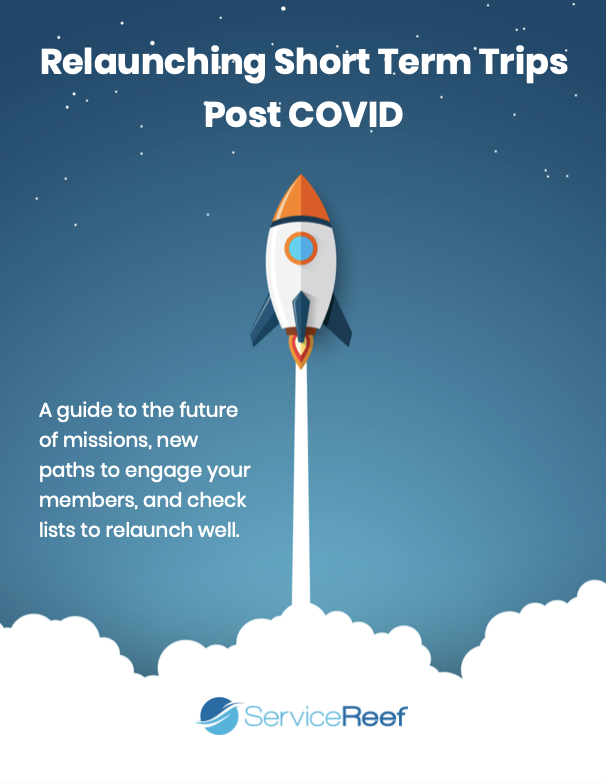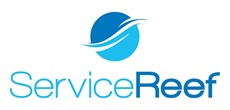The Emerging Tensions
- Blog The Emerging Tensions
The Emerging Tensions
Andy Stanley once said that we as leaders face tensions all the time but we have to distinguish between tensions and problems. We are duty-bound to solve problems and manage tensions, especially in the world of missions. So let’s unpack a few of these emerging and current tensions to glean a clearer picture of the future of missions.
Traditional Models vs. New Creative Models
The first tension we are facing is managing the known history of models that have worked and those new models that we may not have even discovered yet. I’m convinced that our Lord intentionally frustrates our models of missional engagement to keep us on our toes and to force us to be creative. I believe that because He is a creative God and we are made in His image and work was actually part of creation before the fall. There’s something glorious about work and especially creativity (with the known challenges that the Fall certainly makes more difficult).
The past 100 years of missions have largely been seen a similar model both in long term and short term missions. The past decade has brought about many new philosophies and thoughts to challenge the current models and now COVID-19 has accelerated the need and calling for creativity. We’ve been witnessing groups working to rapidly build global tele-health resources to continue meeting medical needs, we’ve seen other organizations building amazing digital teaching resources to share with global partners, and we’ve seen other organizations radially reshaping their short term trip program during this season of pause. All I know is that we’re not called to be idle when the Lord charges us to serve.
Going vs. Teaching
Many books have been written like When Helping Hurts to address a re-emerging focus on teaching indigenous leaders the skills that allow them to do the work rather than us going and doing the work. I’m a huge advocate for this philosophy while also believing both short and long term engagement is necessary to do that well. There’s no “throw the baby out with the bathwater” here. But we are faced with a new challenge of considering how we might teach others to “do mission work” when we have these periods of not being able to go. I’m certain no one reading this would assume that a global shut down in travel should ever hamper our dedication and drive to be engaged in mission work.
Physical vs. Virtual
We’ve almost completely known the physical nature of mission work. We’ve gone on trips, served people, eaten meals together, and experienced life together. But what happens in these seasons where you can’t physically be with someone? Obviously, being physically present or not should not hinder our engagement. I believe this season will help us radially accelerate our virtual engagements while gearing up for more refined physical engagements. We’ve been given a gift in this season that’s forcing our innovations and maximizing the world of digital assets. It’s amazing to see just how creative Christians are becoming in this season.
One Time vs. Replicating
The terms sustainable and scalable inundate our world today as we wrestle with how to do things better and engage the world around us better. Now, to be clear, I’m not certain you can find either of those words or even philosophies in the Bible. God has an uncanny ability to do His own thing, to leverage a band of misfits for His Gospel, and to seemingly win and lose throughout history all the while He never loses His Lordship. Not to go all theological here but we do need to wrestle with principled leadership and His Lordship. Thankfully, it’s all His dominion and we’re called to steward the specific pieces He has given us. So let’s focus on that.
As we re-approach missions in this post-COVID world we are forced to consider more intentionally our efforts and if any of our previous one-time touches in places is most effective or better yet, how we can make these one-time touch-points add up to something more sustainable. By the way, I do believe we should build towards sustainability… it’s just not our primary calling. Here’s an example. One group we work with sets out with each new location creating a 2-year engagement plan. During that team, they intentionally send a series of short term trips with educators, healthcare professionals, engineers, and other professionals to teach. The sum of it all adds up to each community being taught a carefully created curriculum that then leaves them well equipped to take these learnings and run on their own. This group (even before COVID-19) was filling in the gaps of time between their short term trips with weekly Skype and Zoom calls to keep the community rolling and answering key questions. And so, they were building an amazing blend of one-time engagement and repeated engagement.
These are by no means the tensions we see in this shifting world but they do capture some of what’s happening today. Are you curious about where things are going in missions? You should be. All I know is that God is up to something, He always is, and there’s no doubt that tensions will be in the middle of most of it.

Download full FREE ebook: Relaunching Short Term Trips Post COVID
Related Content





Comments